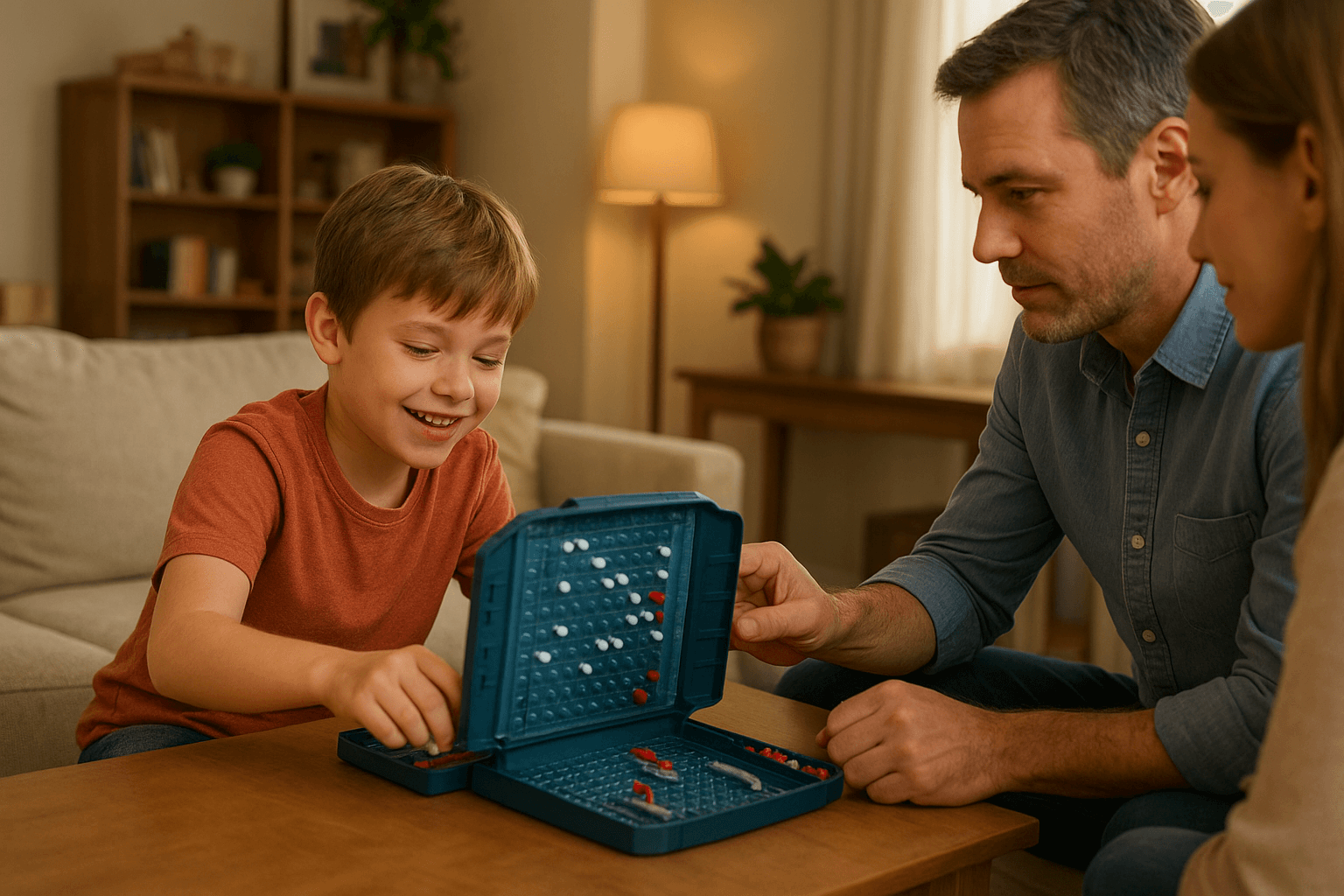In the last two decades, the way children play has undergone a profound transformation. From simple wooden blocks and dolls to artificial intelligence–powered robots and augmented reality sets, the evolution of interactive toys mirrors the rapid development of modern technology. Today’s playtime is no longer just about fun — it’s about engagement, learning, and connection. Interactive toys have become tools for creativity, emotional intelligence, and cognitive growth, redefining what it means to play in the 21st century.
1. The Birth of Interactive Play
Interactive toys first emerged in the late 1990s and early 2000s when manufacturers began integrating sound, motion, and simple electronic responses into playthings. Toys like Furby or Tamagotchi were early pioneers — they reacted to touch, speech, and actions, giving children the impression of companionship and emotional interaction. These early examples laid the foundation for what would later become a multi-billion-dollar industry.
As technology advanced, so did the complexity of toys. Sensors, Bluetooth connectivity, and voice recognition turned once-passive toys into intelligent play partners. Children could now “teach” their toys, hold conversations with them, or control them through apps. This shift from passive play to interactive engagement opened new possibilities for both entertainment and education.
2. Technology as a Learning Companion
One of the most significant impacts of interactive toys lies in their educational value. Modern toys are often designed to promote STEM (Science, Technology, Engineering, and Mathematics) learning through hands-on exploration. Products like LEGO Mindstorms, Osmo, or Sphero teach coding, physics, and problem-solving in playful, age-appropriate ways.
Children who grow up using interactive learning toys often develop a deeper curiosity about how things work. By transforming abstract academic concepts into tangible experiences, these toys bridge the gap between fun and learning. Moreover, interactive toys can adapt to a child’s individual pace, offering challenges suited to their level and boosting confidence as they progress.
3. The Role of AI and Connectivity
Artificial intelligence has brought a new level of personalization to play. Toys embedded with AI can analyze a child’s behavior and adapt responses in real time. For instance, AI companions like Cognitoys or Miko robots can remember names, preferences, and past interactions — creating a sense of friendship that traditional toys never could.
Connectivity also plays a key role. Many interactive toys now connect to smartphones, tablets, or cloud-based platforms, allowing for remote updates and new content. This ensures that the toy remains engaging over time, reducing the “boredom factor” that parents often face with traditional playthings. However, this connectivity also introduces new challenges, particularly regarding data privacy and cybersecurity — topics we’ll explore in a later post.
4. Emotional and Social Development
Interactive toys aren’t just teaching tools — they also influence emotional and social growth. For many children, especially those who are shy or on the autism spectrum, smart toys can provide a safe, nonjudgmental environment for practicing communication and empathy. Robots like Cozmo or Cubetto, for instance, are designed to help children understand cause and effect, emotions, and cooperation through play-based scenarios.
Additionally, interactive play often fosters teamwork and collaboration. Toys that connect multiple users — such as AR or multiplayer coding kits — encourage children to solve problems together, improving their social skills while keeping the experience enjoyable.
5. The Double-Edged Sword of Technology
Despite all its benefits, the rise of interactive toys also raises questions about dependency and balance. Some experts worry that excessive use of tech-based toys could reduce physical activity or diminish creativity by relying too heavily on screens or programmed interactions.
Parents play a crucial role here — guiding children to blend digital play with real-world exploration. Interactive toys are most effective when they complement, not replace, traditional forms of play like outdoor games, arts, or imaginative storytelling. The goal is to create a balanced ecosystem where technology enhances creativity rather than limits it.
6. Conclusion: The Future of Play
Interactive toys represent one of the most exciting intersections of technology and childhood development. They have transformed the concept of play from a passive pastime into a dynamic, interactive experience that nurtures curiosity, creativity, and connection.
As technology continues to evolve — with advances in AI, robotics, and AR — the line between learning and playing will blur even further. The next generation of interactive toys won’t just entertain; they’ll educate, empathize, and empower children to explore the world in smarter, more meaningful ways.
The rise of interactive play is not merely a trend; it’s the beginning of a new era in childhood — one where play becomes a gateway to lifelong learning.

